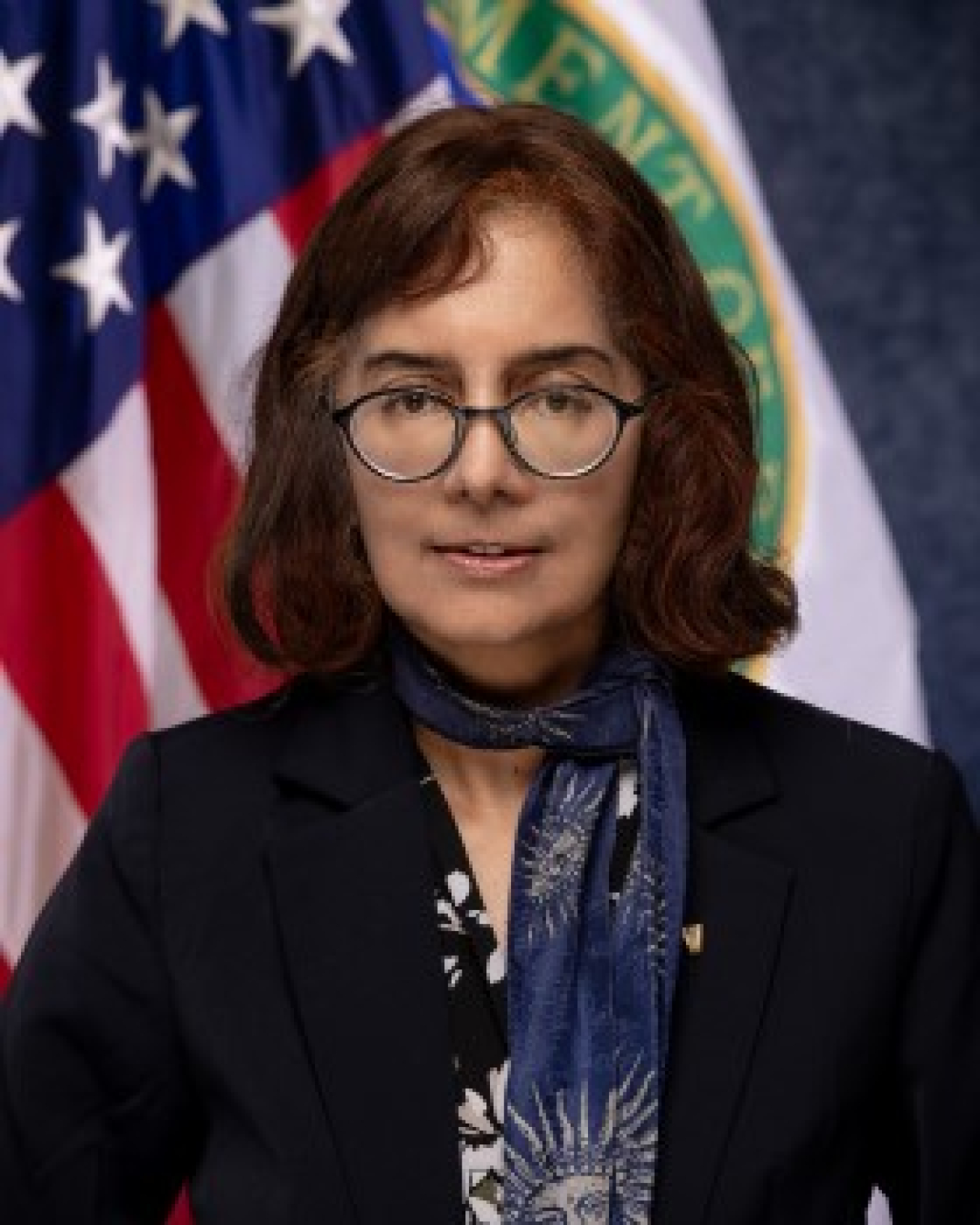Find out how you can help improve the H-Prize H2 Refuel competition, which involves designing a small-scale hydrogen refueler system for homes, com...
Office of Critical Minerals and Energy Innovation
March 27, 2014The Energy Department recently released a new video in its popular Energy 101 series showing how fuel cell technology generates clean electricity from hydrogen to power our buildings a
Hydrogen and fuel cell technologies are part of a portfolio of technologies that can provide America’s vehicles, homes, and businesses with clean, reliable, and sustainable energy and help reduce the nation’s overall carbon emissions.
To help accelerate the development and deployment of these technologies, the Energy Independence and Security Act of 2007 authorized the Energy Department- to issue an H-Prize program that competitively awards cash prizes for research, demonstration, and deployment projects which advance the commercial application of hydrogen energy technologies.
In the proposed next H-Prize announcement, the H2 Refuel competition, the winning team will be awarded a $1 million prize for building the best small-scale hydrogen refueler system, which could be used at homes, community centers, or businesses to refuel hydrogen powered vehicles. Infrastructure remains a key barrier to the adoption of fuel cell electric vehicles (FCEVs). While organizations like H2USA, a public-private partnership launched by DOE and other stakeholders, are committed to advancing hydrogen infrastructure and hydrogen stations, smaller scale solutions to hydrogen delivery and storage can bridge the gap until widespread acceptance takes place. How will the competition work? Teams will build hydrogen refueling systems that are small enough to be used in a home for overnight fueling of a FCEV, or for multi-user systems that refuel, for example, hydrogen fuel cell forklifts used at facilities such as neighborhood community centers, apartment buildings, a small businesses, or large warehouses.
These systems would create hydrogen using energy sources commonly delivered to residences such as electricity and/or natural gas. This enables hydrogen to be used in places that either don’t have refueling stations yet, or to simply provide hydrogen for daily driving, while using stations for longer trips.
We’ve talked to experts and stakeholders to develop the guidelines for the H2 Refuel, but to make this competition the best it can be, we need your input before finalizing the rules. Take a look at the draft guidelines and send any feedback or suggestions on how we can improve the competition to hprize@go.doe.gov. For more on the H-Prize, which is administered for the Energy Department by the Hydrogen Education Foundation, visit hydrogenprize.org.
Sunita Satyapal

Sunita Satyapal is the Director for the U.S. Department of Energy's (DOE's) Hydrogen and Fuel Cell Technologies Office and coordinates activities across offices for the U.S. DOE Hydrogen Program. She is responsible for more than $1.6 billion in hydrogen and fuel cell research, development, demonstration, and deployment (RDD&D) activities within the office and for coordinating more than $9.5 billion in hydrogen activities across DOE. In addition, she led the development of the national clean hydrogen strategy and roadmap and serves as the Director for the Hydrogen Interagency Taskforce, which includes a dozen agencies and is co-chaired by the Deputy Secretary of Energy and the White House Deputy National Climate Advisor. She has more than two and a half decades of experience across industry, academia, and government, including at United Technologies managing RDD&D and business development, and as a visiting professor.
Sunita also coordinates international hydrogen activities as Vice-Chair of the International Partnership for Hydrogen and Fuel Cells in the Economy, a partnership among over 25 countries to accelerate progress in hydrogen and is the U.S. co-lead for hydrogen efforts within the Clean Energy Ministerial and Mission Innovation. She received her Ph.D. from Columbia University and did postdoctoral work in Applied and Engineering Physics at Cornell University. She has numerous publications, including in Scientific American, 10 patents, and several recognitions including a Meritorious Presidential Rank Award in 2015, a Distinguished Presidential Rank Award in 2022, and selected as an Ambassador for C3E, the Clean Energy Education & Empowerment Initiative, to advance the leadership of women in clean energy.


